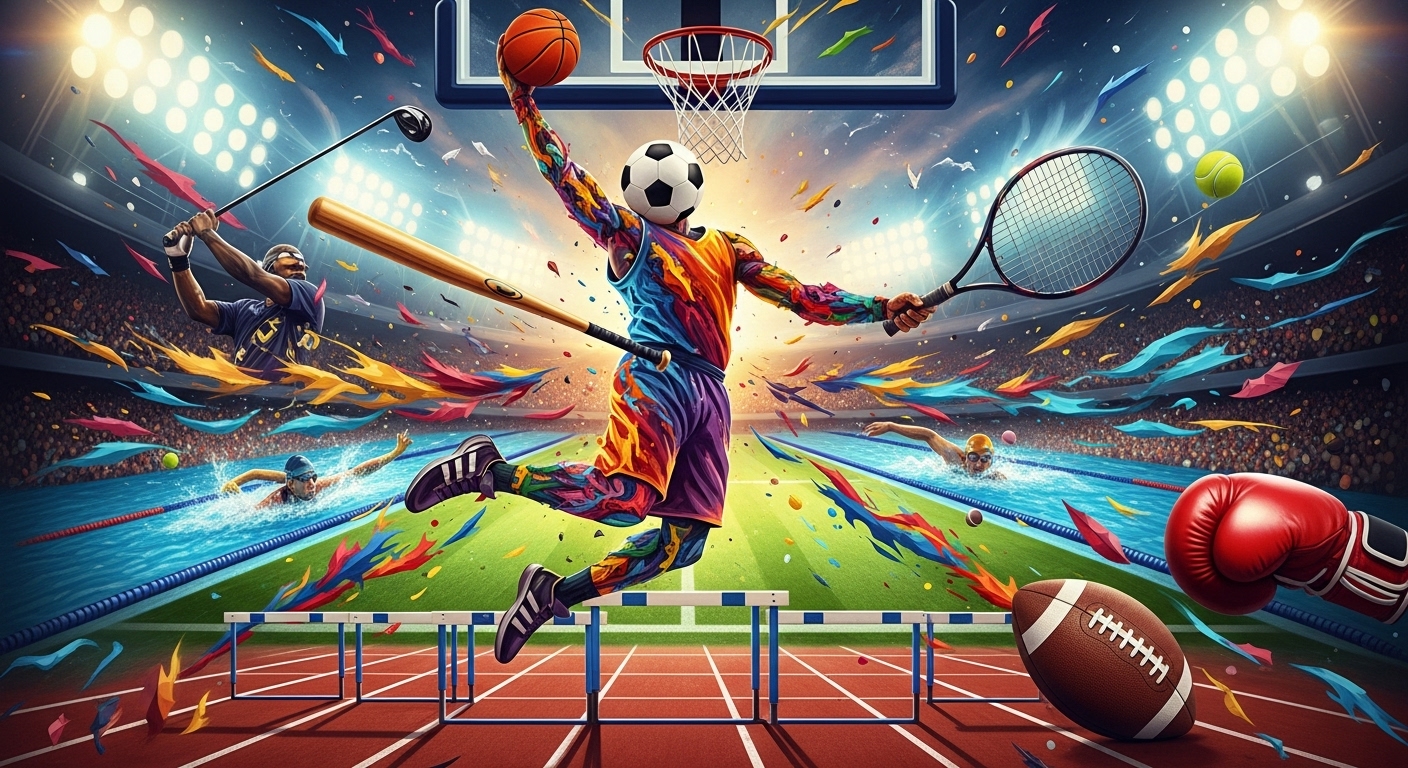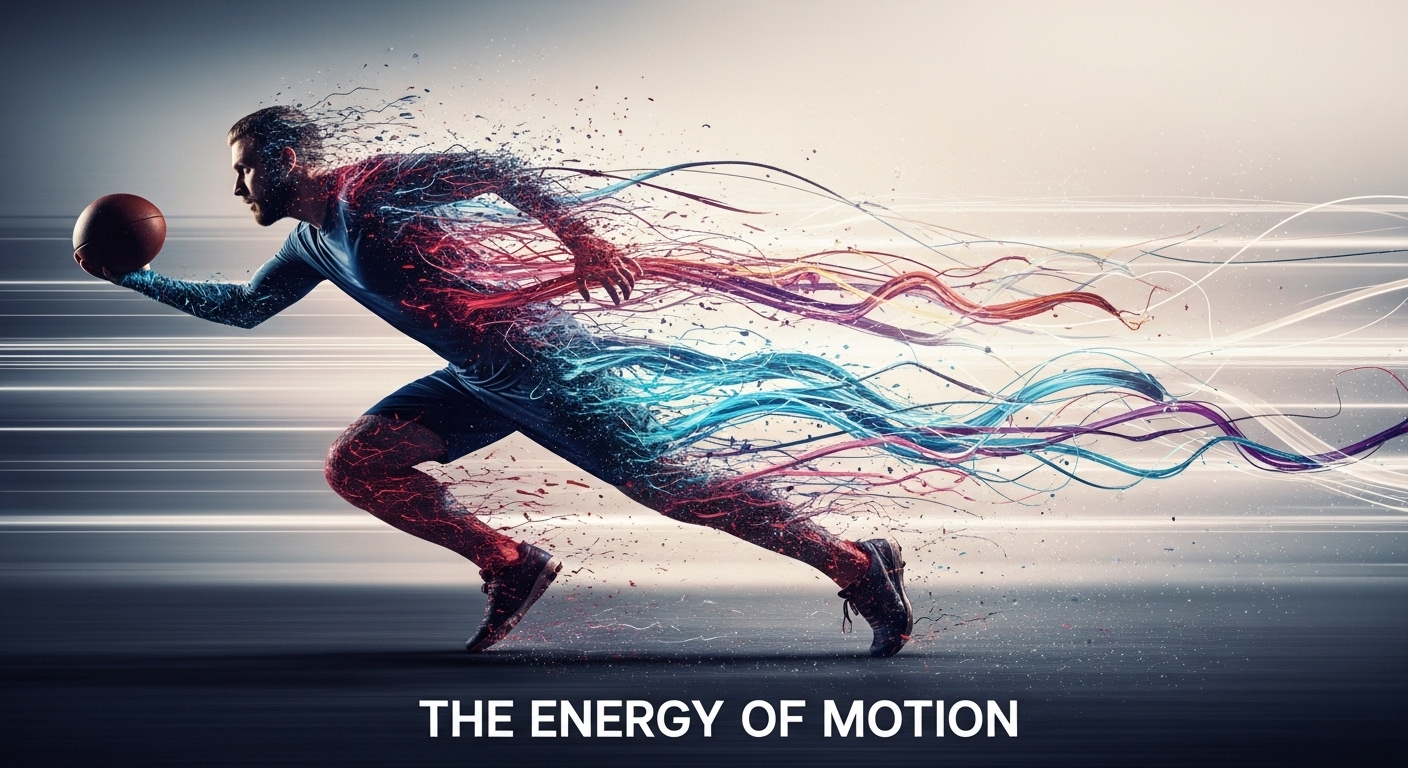Mixed Martial Arts, commonly known as MMA, has emerged as one of the fastest-growing sports worldwide. Over the past two decades, MMA has transformed from a niche combat sport into a global phenomenon that captivates millions of fans, generates multi-million-dollar revenue, and commands a significant place in popular culture. Its meteoric rise is not only a testament to the sport’s excitement and versatility but also reflects broader shifts in sports consumption, media, and athletic culture. In this blog, we explore the factors behind the global rise of MMA, its evolution, cultural impact, and the elements that have propelled it to international prominence.
Origins and Early Development
The roots of Mixed Martial Arts trace back to ancient forms of combat practiced in different cultures, including pankration in ancient Greece, jiu-jitsu in Japan, and various forms of wrestling worldwide. These early combat sports combined striking, grappling, and submission techniques, offering a precursor to modern MMA. However, MMA as it is known today emerged prominently in the 1990s, particularly in North America, with the creation of the Ultimate Fighting Championship (UFC) in 1993.
The UFC introduced a new kind of combat sport that pitted fighters from different disciplines against each other, allowing fans to witness a test of versatility, skill, and strategy. Early competitions often had minimal rules, emphasizing pure fighting ability. This raw, unregulated image drew both fascination and controversy, setting the stage for MMA’s evolution into a mainstream sport. The sport’s early days were essential in establishing MMA’s identity as a unique and hybrid combat sport that could combine martial arts disciplines in dynamic ways.
Evolution of Rules and Regulations
One of the key factors behind the global rise of MMA was the evolution of rules and regulations. As the sport grew in popularity, criticism from governments, sports organizations, and media about safety and legitimacy prompted organizers to formalize standards. Unified rules of MMA were developed to protect athletes and legitimize the sport as a professional competition.
Rules now include weight classes, rounds, fouls, and medical oversight, ensuring athlete safety and fair play. Regulatory bodies in the United States, Europe, and Asia helped institutionalize MMA, enabling its growth into major sporting leagues. This formalization also allowed MMA to secure television deals, sponsorships, and mainstream media coverage, making it accessible to a broader audience. The structured rules ensured that MMA was no longer seen as a brutal spectacle but as a legitimate sport requiring skill, discipline, and athleticism.
Media Coverage and Broadcasting
Media coverage has played a central role in MMA’s global expansion. Television networks, streaming platforms, and digital media brought MMA to millions of homes worldwide. Pay-per-view events like UFC Fight Night and championship bouts generated unprecedented attention, transforming fighters into international celebrities and household names.
The rise of digital platforms has further expanded MMA’s reach. Social media channels such as Instagram, YouTube, and Twitter allow fans to follow fighters, watch highlights, and engage with content beyond live events. This digital exposure has also enabled smaller promotions and regional leagues to reach global audiences, contributing to MMA’s international growth. The media’s role in showcasing the drama, athleticism, and personality of fighters has been instrumental in elevating MMA from a niche sport to a global entertainment powerhouse.
Key Fighters and Global Icons
MMA’s rise is closely tied to the personalities who brought charisma, skill, and narrative to the sport. Fighters like Royce Gracie, Chuck Liddell, Ronda Rousey, Conor McGregor, and Jon Jones have become global icons whose influence extends far beyond the octagon. These athletes combine technical mastery with storytelling, rivalries, and marketable personas that capture fan interest.
For example, Ronda Rousey’s dominance in women’s MMA helped bring female fighters into the global spotlight, changing perceptions about women in combat sports. Conor McGregor’s persona and promotional skills brought unprecedented attention to MMA, bridging cultural and geographic boundaries. The emergence of international stars from Brazil, Russia, Nigeria, and other countries has further fueled the sport’s global appeal, emphasizing its inclusivity and cross-cultural resonance.
Global Expansion and Regional Promotions
While the UFC remains the most prominent MMA organization, regional promotions have contributed significantly to the sport’s global rise. Organizations in Asia, Europe, Latin America, and the Middle East have nurtured local talent and brought MMA to new audiences. Promotions such as ONE Championship in Asia, Cage Warriors in Europe, and ACA in Russia have created competitive platforms that showcase elite athletes while fostering local engagement.
These regional promotions serve as stepping stones for fighters aspiring to compete on the global stage. They also allow local cultures to influence MMA’s style, marketing, and fan engagement strategies. This decentralized model of promotion has strengthened MMA’s international ecosystem, making it not just an American phenomenon but a truly global sport.
Cultural Acceptance and Mainstream Appeal
MMA’s acceptance into mainstream culture has been a gradual but crucial factor in its global rise. Initially viewed as a violent or fringe sport, MMA has gained legitimacy through athlete professionalism, media exposure, and rule standardization. Cultural acceptance has been aided by crossover events, celebrity endorsements, and partnerships with mainstream sports networks.
The sport’s appeal lies in its combination of technique, strategy, and unpredictability. Fans appreciate the diversity of fighting styles, including striking, grappling, and submission, and the ability to see athletes excel in multiple disciplines. MMA’s inclusivity of men, women, and athletes from various martial arts backgrounds has broadened its appeal across demographics, contributing to a loyal and growing fanbase worldwide.
Economic Impact of MMA
The global rise of MMA has significant economic implications. Major promotions generate billions in revenue through ticket sales, pay-per-view events, sponsorships, merchandise, and broadcasting rights. Fighters also benefit from sponsorship deals, endorsements, and media appearances, creating financial opportunities previously unavailable in traditional martial arts.
Moreover, MMA’s popularity has spurred growth in related industries, including gyms, training programs, apparel, nutrition, and equipment. The economic ecosystem surrounding MMA has created jobs, entrepreneurial ventures, and international trade in sports services, highlighting the sport’s influence beyond the octagon. This economic impact underscores MMA’s transition from a niche combat sport to a global commercial industry.
Women in MMA: Breaking Barriers
The rise of women in MMA has been a transformative element in the sport’s global expansion. Female fighters like Ronda Rousey, Amanda Nunes, and Zhang Weili have not only achieved remarkable athletic success but also inspired new generations of athletes. Their visibility has challenged traditional gender norms in combat sports and broadened MMA’s audience.
Promotions have invested in women’s divisions, ensuring competitive opportunities and media representation. The success of female fighters has proven that MMA can be inclusive and appeal to diverse audiences, reinforcing the sport’s position as a global phenomenon. Women’s MMA has also fostered cultural dialogue about strength, resilience, and equality, further solidifying the sport’s societal relevance.
Training Innovations and Global Talent Development
MMA’s rise is closely linked to innovations in training and talent development. Modern MMA athletes train in multiple disciplines, including boxing, Muay Thai, Brazilian jiu-jitsu, wrestling, and kickboxing, often using advanced conditioning, nutrition, and recovery programs. The proliferation of MMA gyms worldwide has made high-level training accessible to aspiring fighters from different countries.
International training camps and coaching exchanges have contributed to the global diffusion of MMA knowledge. Fighters can now train in different countries, learn new techniques, and compete in international tournaments, raising the overall quality of competition. This cross-pollination of skills and strategies has not only elevated the sport but also created a truly global network of athletes and coaches.
MMA in Popular Culture
MMA has permeated popular culture, appearing in films, television, video games, and literature. Its influence extends to fashion, fitness trends, and lifestyle branding. MMA-inspired clothing lines, workout programs, and celebrity endorsements have further solidified the sport’s cultural footprint.
The storytelling inherent in MMA—rivalries, comebacks, and underdog triumphs—resonates with audiences beyond traditional sports fans. Reality shows, documentaries, and media coverage have amplified the sport’s human narratives, making MMA a form of entertainment as much as a competitive discipline. This integration into popular culture has been instrumental in driving fan engagement and global recognition.
Challenges and Future Outlook
Despite its success, MMA faces challenges in its continued global rise. Athlete safety, regulatory consistency, and ethical considerations remain ongoing concerns. Additionally, the sport must balance commercial growth with competitive integrity, ensuring that promotions prioritize athlete welfare and fair competition.
Looking ahead, the future of MMA appears promising. Technological innovations, digital media, and global partnerships will likely continue expanding the sport’s reach. Emerging markets in Africa, Asia, and South America present new opportunities for fan engagement and talent development. Furthermore, the sport’s inclusivity, dynamic competition, and cultural resonance suggest that MMA will remain a prominent fixture in global sports for decades to come.
Conclusion: The Global Impact of MMA
The rise of Mixed Martial Arts globally reflects a convergence of athletic innovation, media strategy, and cultural appeal. From its early days as a niche combat sport to its current status as a multi-billion-dollar global industry, MMA has captivated audiences with its unpredictability, technical mastery, and human narratives. Its growth has created economic opportunities, expanded global sporting networks, and challenged cultural norms, particularly regarding gender and athletic diversity.
MMA’s global influence is not confined to the octagon; it extends into media, business, and popular culture, shaping perceptions of combat sports worldwide. As the sport continues to evolve, its ability to blend athleticism, entertainment, and cultural resonance ensures that MMA will remain a defining force in the global sports landscape. The rise of MMA is a testament to the universal appeal of competition, skill, and the human spirit, solidifying its place as one of the most dynamic and influential sports in modern history.



